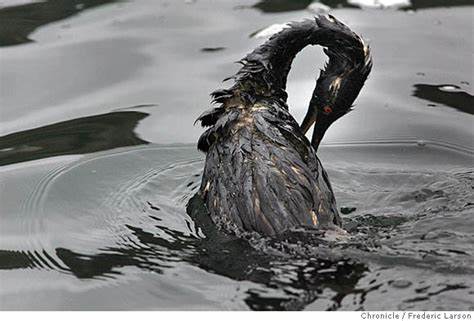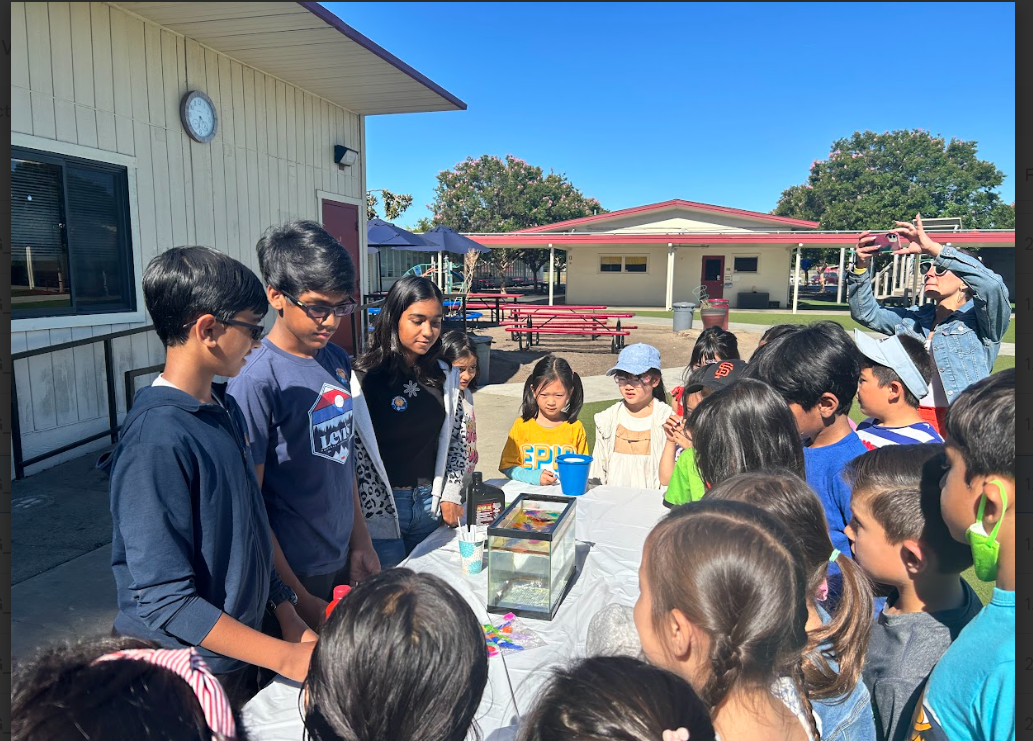StepSTEM not only teaches students about the nature of oil spills and the STEM prospects available, but also emphasizes that this environmental problem remains relevant in the present day. Following the incident, we incorporated it into our 2024 revised curriculum, accessible under the Our Service section of the website. We tailor our explanation to suit the students' comprehension level, while also upholding our commitment to raising awareness. As part of this mission, we have written a detailed article covering the 2024 Singapore oil spill, including its cause, clean-up efforts, and impact.
On June 14, 2024, a significant maritime incident took place near the Pasir Panjang Terminal in Singapore, involving two vessels: the Netherlands-flagged dredger Vox Maxima and the stationary Singapore-flagged bunker vessel Marine Honour. The collision occurred at 2:18 pm, resulting in a devastating allision that led to the spillage of approximately 400 tonnes of low-sulfur fuel oil into the waters surrounding the area.
The collision led to immediate emergency response actions by local authorities and environmental agencies to manage and reduce the environmental impact of the oil spill. The marine ecosystem, including marine life and coastal habitats, faced a significant threat from the spilled fuel oil. The Maritime and Port Authority (MPA) notified the Sentosa Development Corporation (SDC) about the spill around 3:30 pm. Subsequently, the SDC cordoned off the affected areas that same night and initiated cleanup operations the following day, deploying workers to address the contamination on the beaches and surrounding waters of Sentosa Island. Multiple organizations deployed approximately 18 response vessels to contain and clean up the spill, utilizing floating pipes called booms to prevent further leakage around the Marine Honour. On June 16, the SDC dispatched an additional 100 trained personnel equipped with specialized tools including oil booms, vacuum pumps, oil dispersants, skimmers, absorbent materials, and more.

Following the oil spill, the Labrador Nature Reserve was shut down on June 15th. The next day, access to the beaches of St. John's Island, Lazarus Island, and Kusu Island was restricted to visitors due to the presence of oil slick and sheen in the surrounding waters. In order to safeguard the fish farms along the Johor Straits, the Singapore Food Agency initiated precautionary monitoring measures. Marine Stewards, a conservation group in Singapore, reported the rescue of an oil-covered kingfisher at Keppel Bay and the sighting of another oil-covered kingfisher at Lazarus Island. Furthermore, numerous instances of dead fish, sea snakes, lizards, and otters coated in oil were observed. Fortunately, the oil spill did not impact Singapore's water supply, as stated by the Public Utlities Board (PUB) on June 17.

By June 20, the majority of the oil had been cleaned from the impacted beaches. Grace Fu, the Minister for Sustainability and the Environment, announced that more than 71,000 kg of oil-soaked sand had been cleared from three beaches on Sentosa Island. Despite the slow progress in the cleanup efforts, this oil-related catastrophe not only harmed the wildlife, beaches, and residents of Sentosa Island but also had repercussions on neighboring countries. The government of Johor, Malaysia, confirmed that it had commenced monitoring the surrounding waters upon receiving notification from the MPA regarding the oil spill in Singapore. The Johor Department of Environment (DoE) sought assistance from various agencies to conduct patrols and monitor the water, as reported by Liang Tian Soon, the chairperson of the Johor Health and Environment Committee. Traces of oil slicks were observed off the Johor coast and on the shores of Sunjai Rengit, Teluk Ramunia, and Pengerang, prompting the initiation of cleanup operations on June 21. Moreover, Malaysian news sources estimated that approximately 200 fishermen had been unable to fish at sea due to the oil slicks since June 16.
The incident involving the Marine Honour has sparked a significant discussion surrounding maritime safety protocols and vessel navigation procedures. It has underscored the crucial importance of effective communication between ships to avert potential accidents in the future. The aftermath of the oil spill not only led to environmental concerns but also triggered a series of compensatory actions from the owners of the vessel towards various governmental bodies, including Singapore government agencies and neighboring countries' authorities. This unfortunate event has highlighted the intricate web of challenges faced in the maritime industry, emphasizing the need for rigorous safety measures to mitigate risks associated with maritime transportation. The incident has served as a poignant reminder of the potential consequences of lapses in safety protocols and the devastating impact they can have on the environment and local communities. Moving forward, it is imperative for all stakeholders in the maritime sector to prioritize safety, communication, and proactive measures to prevent similar disasters from happening again.



